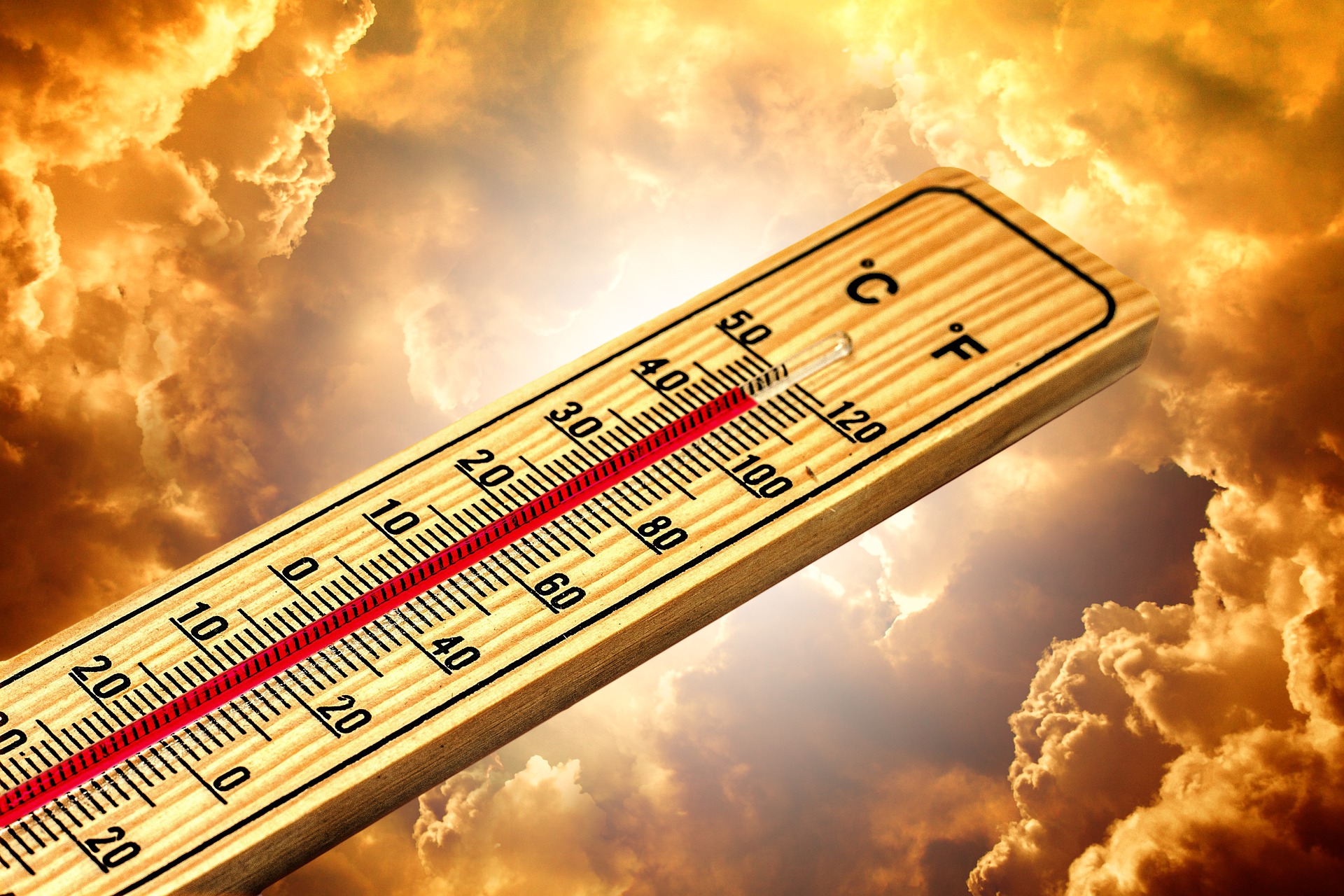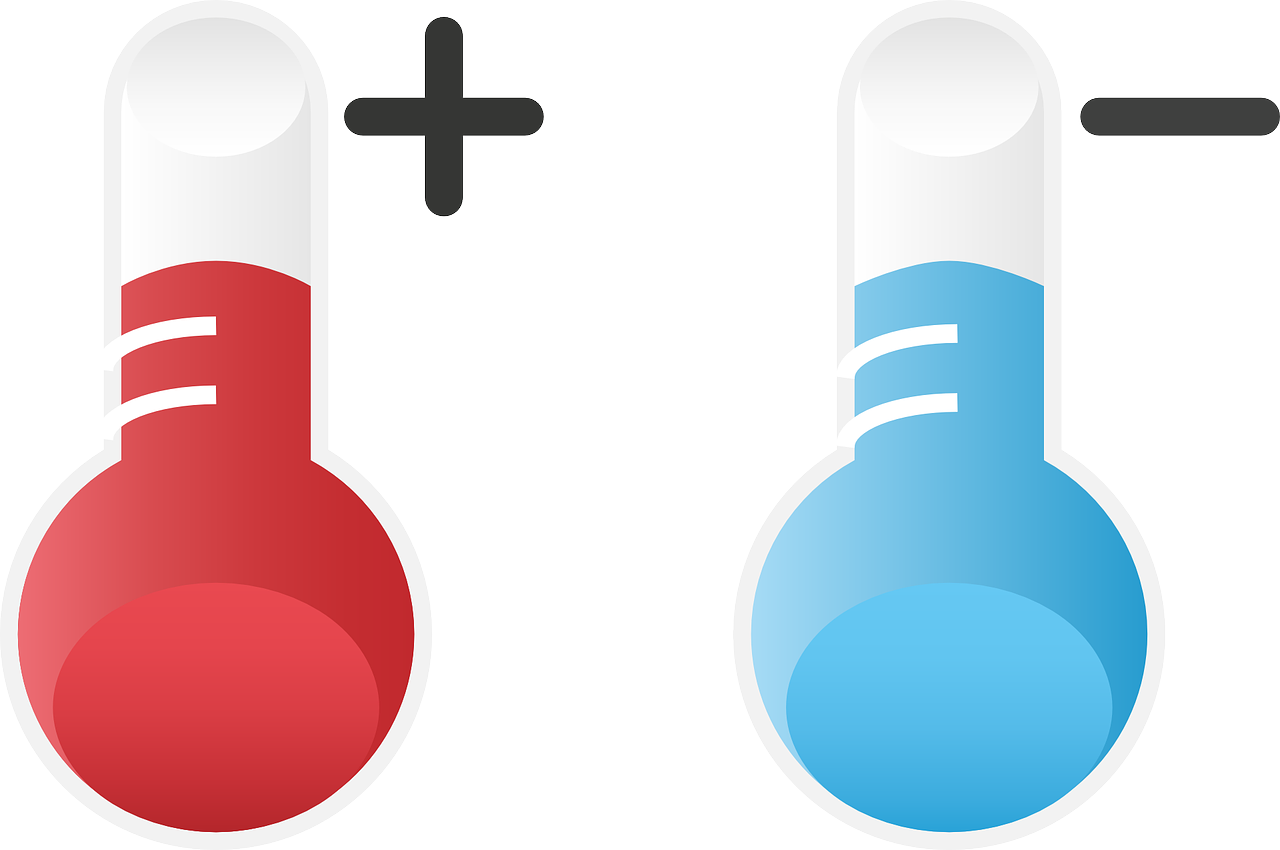Air pollutants have an impact on our planet's climate, but not all pollutants have the same effect. Some types of air pollution cause the climate to warm, while others have a temporary cooling effect that lasts a few days or weeks.
Some Air Pollutants Cause the Climate to Warm
Air pollution includes greenhouse gases such as carbon dioxide. Greenhouse gases cause the climate to warm by trapping heat from the Sun in the Earth's atmosphere. Greenhouse gases are a natural part of Earth's atmosphere, but their increasing amounts in our atmosphere since the early 1900s are causing the climate to warm. The increase comes from vehicle exhaust, pollutants released from smokestacks at factories and power plants, emissions from agriculture, and other sources. Scientists predict that Earth will warm more this century than it did in the 20th century.
According to a NASA study, an increase in ozone pollution, or smog, is causing warming in the Arctic regions. Ozone in the troposphere is a greenhouse gas and also a health hazard. Ozone pollution created in the Northern Hemisphere is transported toward the Arctic during winter and spring months, which leads to warming. Ozone pollution has the greatest impact on the region where it originates, which means some areas are warming more than others. The Arctic is currently warming faster than any other region on Earth, partly because of ozone pollution, but also because of positive feedback loops, where warming melts snow and ice, which changes the Earth's surface and leads to more warming. The warming climate is causing drastic changes to Arctic ecosystems.
Some Air Pollutants Cause Cooling
Burning fossil fuels releases tiny particles into the atmosphere called aerosols. Most of these particles naturally get into the atmosphere through volcanoes, dust, or sea spray, while others enter the atmosphere as air pollution from cars, vehicles, and smokestacks. Aerosols have an impact on climate. While not all aerosols affect the atmosphere in the same way, they have a cooling effect overall.
Aerosols in the atmosphere can change the amount of solar energy reflected away from Earth. Some types of aerosols, such as sea salt particles from the ocean, reflect sunlight back out into space, which can help to cool the climate. Others, such as black carbon particles from burning wood or fossil fuels, absorb most of the sunlight that hits them, which leads to warming.
Aerosols also help clouds form, which has an impact on climate. The millions of tiny water droplets that make up a cloud each need a particle, like an aerosol, for the water to condense upon. Air pollutants that increase the amount of aerosols in the atmosphere can also cause more clouds to form. Scientists are still exploring the impacts of different kinds of clouds on climate, but in general low clouds reflect incoming solar radiation back out to space, which has a cooling effect, and high clouds trap heat within the atmosphere, which has a warming effect.
Greenhouse gases remain in the atmosphere for years, much longer than aerosols can stay in the atmosphere. Thus, the warming effect of greenhouse gases is larger than the cooling effect of aerosols. Computer models indicate that, worldwide, the tiny aerosols cause about half as much cooling as greenhouse gases cause warming.
Warming Affects Air Quality, Too
Air pollution is causing the climate to change, and climate change is also causing air quality to change. Because of climate warming, the Earth experiences more extreme weather, such as heat waves and drought, which can negatively impact air quality. Heat waves cause an increase in ground-level ozone pollution because the chemical reactions that create ozone in the atmosphere occur more often in hot temperatures.
During heat waves, areas of high pressure create stagnant air that concentrates air pollutants in one area. Prolonged high temperatures due to climate warming often lead to drought conditions where forest fires, which release carbon monoxide and particulates, become more common. Dry, dusty air during periods of hot weather also increases the amount of particulate pollution.
On a related note, the carbon dioxide in the atmosphere that causes the climate to warm also causes plants to grow. Increasing concentrations of carbon dioxide leads to an increase in the plants that cause allergies, which increases the amount of airborne allergen pollutants. The warming climate also extends the growing season in some areas, which increases the number of days with high pollen concentrations. Airborne allergens degrade both outdoor and indoor air quality and cause respiratory problems such as asthma and allergies. This establishes an unhealthy cycle where air pollution leads to climate warming, which then leads to more air pollution.
For more information, please visit: https://scied.ucar.edu/learning-zone/air-quality/air-quality-and-climate-change
Post time: Nov-08-2022











